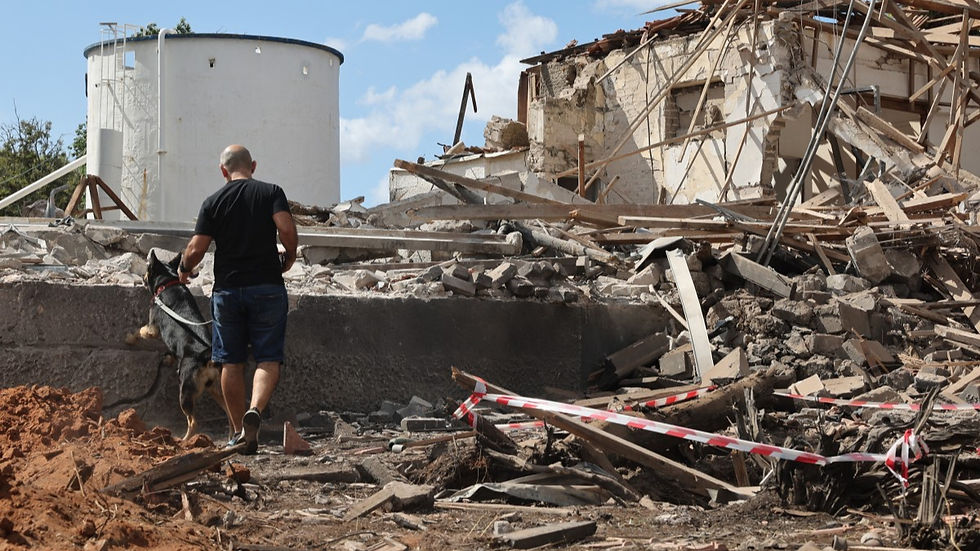Economic Repercussions of War in the Middle East: Rising Oil Prices, Inflation, and Destruction of Infrastructure
- Next News
- Oct 7, 2024
- 2 min read
The Middle East is currently witnessing an escalation in armed conflicts, raising significant concerns about the potential economic impacts on the region and the world.

These risks range from direct impacts on the local economy of the affected countries to indirect impacts on the global economy. Below is a detailed analysis of the most important economic risks supported by documents and statistics:
1. Rising Oil Prices
The Middle East is one of the most important sources of oil in the world, producing about 30% of global production. Any escalation in conflicts could lead to disruptions in oil supplies, which would raise prices significantly. According to a World Bank report, oil prices could range between $93 and $157 per barrel depending on the extent of the disruption in supplies.
2. Global Inflation
Rising oil prices lead to increased transportation and production costs, which contributes to higher inflation rates globally. This could lead to slower economic growth and higher unemployment rates. US President Joe Biden has warned that any attack on Iranian oil facilities could spark a new wave of inflation and possibly push the world into an economic recession.
3. Destruction of Infrastructure
Wars lead to widespread destruction of infrastructure, which hinders economic activity and increases reconstruction costs. According to the International Monetary Fund, conflicts in the Middle East can lead to the destruction of infrastructure, which reduces economic activity and scares away tourists and investors.
4. Decline in Tourism
Tourism is an important source of income for many Middle Eastern countries such as Egypt, Lebanon and Jordan. Armed conflicts lead to a significant decline in the number of tourists, which negatively affects the local economy. For example, Lebanon saw a 45% drop in hotel occupancy rates in October compared to the previous year.
5. Influx of Refugees
Armed conflicts lead to the displacement of large numbers of people, which puts additional pressure on neighboring countries. This can lead to increased government spending on basic services such as health and education, which increases the fiscal deficit. According to the IMF report, conflicts in the Middle East could lead to a new refugee crisis, which would increase economic pressure on host countries.
6. Impact on Financial Markets
Conflicts increase uncertainty in financial markets, leading to significant volatility in stock and bond prices. This can negatively impact investments and increase borrowing costs. According to a World Bank report, conflicts in the Middle East could lead to a decline in foreign direct investment flows and an increase in borrowing costs for affected countries.
7. Impact on Global Trade
Conflicts in the Middle East can disrupt global trade routes, increasing transportation costs and negatively impacting international trade. This could lead to slower global economic growth and higher unemployment rates.
Conclusion
Armed conflicts in the Middle East are among the biggest economic challenges facing the region and the world. Negative impacts include higher oil prices, inflation, destruction of infrastructure, decline in tourism, refugee flows, impact on financial markets, and impact on global trade. It is imperative that governments and international organizations take effective steps to mitigate these impacts and support economic stability in the region.









Comentarios